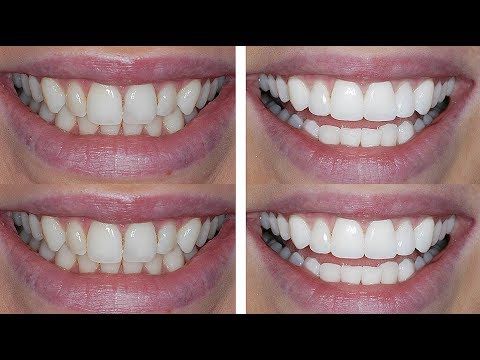How To Shave Teeth Down? Painfree Solution

Shaving teeth down, also known as tooth reshaping or dental contouring, is a cosmetic dental procedure that involves removing small amounts of tooth enamel to change the shape, length, or surface of a tooth. This procedure can be used to improve the appearance of teeth, making them look more even, symmetrical, and aesthetically pleasing. However, it’s essential to note that tooth reshaping should only be performed by a professional dentist, as improper technique can lead to tooth damage, sensitivity, or other complications.
Understanding the Process
Tooth reshaping typically involves the use of a drill or laser to remove small amounts of tooth enamel. The procedure is usually performed under local anesthesia to minimize discomfort, and the dentist will use a variety of tools, including dental drills, sanding disks, and polishing tools, to shape and smooth the teeth. The goal of tooth reshaping is to create a more balanced and harmonious smile, while also addressing any functional issues, such as teeth that are chipped, cracked, or overlapping.
Pain-Free Solution
While tooth reshaping is typically a pain-free procedure, some patients may experience minor discomfort or sensitivity after the procedure. To minimize any potential discomfort, dentists often use local anesthesia to numb the area, and may also prescribe pain medication or recommend over-the-counter pain relievers. Additionally, dentists may use advanced technologies, such as lasers or air abrasion, to minimize discomfort and promote a more comfortable recovery.
Types of Tooth Reshaping
There are several types of tooth reshaping procedures, including:
- Tooth contouring: This involves removing small amounts of tooth enamel to change the shape or length of a tooth.
- Tooth shaping: This involves using a drill or laser to remove small amounts of tooth enamel and reshape the tooth.
- Dental bonding: This involves applying a tooth-colored resin to the tooth to change its shape or appearance.
- Veneers: This involves applying a thin layer of porcelain or composite material to the tooth to change its shape, color, or appearance.
Benefits of Tooth Reshaping
Tooth reshaping can offer several benefits, including:
- Improved appearance: Tooth reshaping can help to create a more balanced and harmonious smile, which can boost self-confidence and self-esteem.
- Functional improvement: Tooth reshaping can help to address functional issues, such as teeth that are chipped, cracked, or overlapping, which can make it easier to chew, speak, and smile.
- Pain relief: Tooth reshaping can help to alleviate pain or discomfort caused by teeth that are chipped, cracked, or overlapping.
- Long-lasting results: With proper care and maintenance, tooth reshaping can provide long-lasting results, and can be a viable alternative to more extensive dental procedures.
Risks and Complications
While tooth reshaping is generally a safe and effective procedure, there are some potential risks and complications to consider, including:
- Tooth sensitivity: Tooth reshaping can cause minor tooth sensitivity, which can be temporary or permanent.
- Tooth damage: Improper technique or excessive removal of tooth enamel can lead to tooth damage, including cracks, chips, or fractures.
- Nerve damage: In rare cases, tooth reshaping can cause nerve damage, which can lead to pain, numbness, or tingling.
- Gum recession: Tooth reshaping can cause gum recession, which can expose the roots of the teeth and lead to sensitivity or other complications.
FAQs
Is tooth reshaping a painful procedure?
+Tooth reshaping is typically a pain-free procedure, and is often performed under local anesthesia to minimize discomfort. Some patients may experience minor sensitivity or discomfort after the procedure, but this can be managed with pain medication or other remedies.
How long does tooth reshaping take?
+The length of time required for tooth reshaping can vary depending on the individual case, but most procedures can be completed in one to two visits, with each visit lasting around 30 minutes to an hour.
Is tooth reshaping a permanent solution?
+Tooth reshaping can provide long-lasting results, but it is not always a permanent solution. The longevity of the results will depend on the individual case, and the type of procedure used. With proper care and maintenance, tooth reshaping can provide results that last for many years.
Can tooth reshaping be used to address functional issues?
+Is tooth reshaping covered by insurance?
+Tooth reshaping may be covered by insurance, depending on the individual case and the type of procedure used. Some insurance plans may cover tooth reshaping as a cosmetic procedure, while others may cover it as a necessary procedure to address functional issues. It's essential to check with your insurance provider to determine the extent of coverage.
Conclusion
Tooth reshaping is a cosmetic dental procedure that can help to improve the appearance and function of teeth. While it’s essential to note that tooth reshaping should only be performed by a professional dentist, the procedure can provide long-lasting results and can be a viable alternative to more extensive dental procedures. By understanding the process, benefits, and potential risks and complications, individuals can make informed decisions about tooth reshaping and achieve a more balanced and harmonious smile.